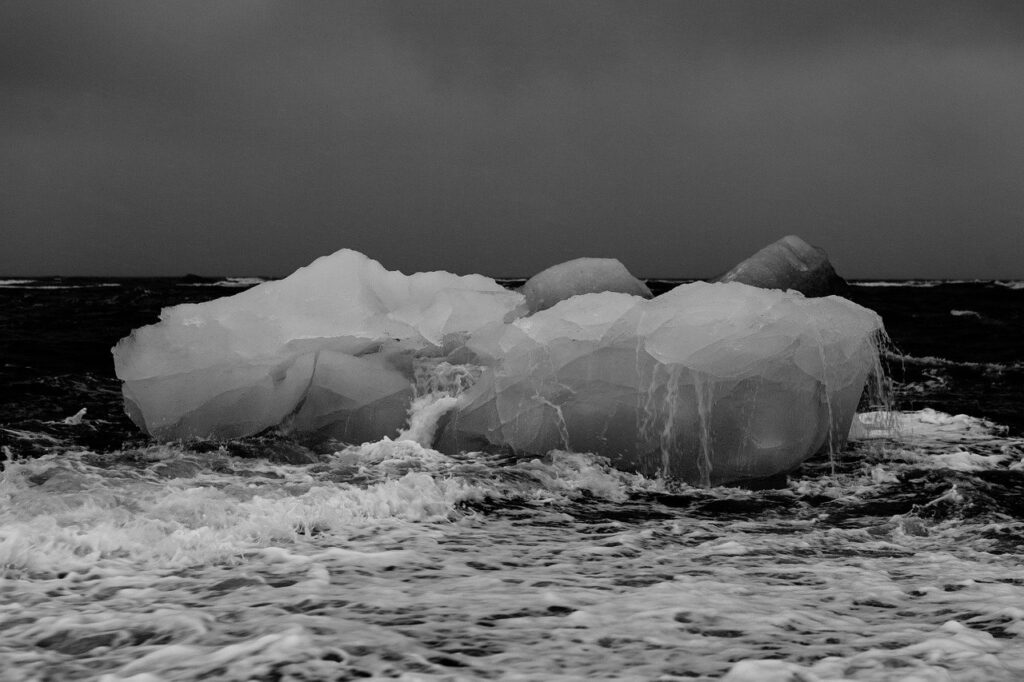A new study has shown that the frequency of polar vortex disruptions most favorable for extreme winter weather in the USA is increasing, and that Arctic change is likely contributing to the increasing trend.
Published in the September issue of the journal Science, the report was led by scientists from Atmospheric and Environmental Research (AER), University Massachusetts Lowell and Hebrew University of Jerusalem.
The analysis demonstrates that a relatively obscure, weak or disrupted state of the stratospheric polar vortex, where it takes on a stretched appearance rather than the more typical circular appearance, has been increasing over the satellite era (post 1979). Extreme winter weather in the USA is more common when the polar vortex is stretched. Both observational analysis and numerical modeling experiments demonstrate that changes in the Arctic, including accelerated warming, melting sea ice and increasing Siberian snowfall, are favorable for stretching the polar vortex followed by extreme winter weather in North America east of the Rockies. Such a chain of events occurred in February 2021, when a stretched polar vortex preceded the destructive and deadly Texas cold wave.
During the past three decades, the Arctic has experienced the greatest climate change of anywhere on Earth, including rapidly rising temperatures, melting sea ice, diminishing spring snow cover, and increasing autumn snow cover. Rapid Arctic warming relative to the rest of the globe is referred to as Arctic amplification.
Dr Judah Cohen, director of seasonal forecasting at AER and lead author of the study, said, “The publication of the paper is especially timely given the extreme winter of 2020/21: record warm Arctic, low Arctic sea ice, deep Siberian snows, a protracted and complex polar vortex disruption, record-breaking cold in the US, Europe and Asia, disruptive snowfalls in Europe and the US and most notably the record breaking and possibly unprecedented combination of cold and snow in Texas.
“Last winter the severe cold wave across Texas heated up the debate as to whether climate change can contribute to more severe winter weather with those arguing for and against. However, studies supporting or refuting the physical connection between climate change and the Texas cold wave and other recent US severe winter weather events don’t exist, until now. The study also provides cautionary evidence that a warming planet will not necessarily protect us from the devastating impacts of severe winter weather,” he said.
The paper presents a physical mechanism of how climate change in general and Arctic change in particular are contributing to more severe winter weather despite an overall warming climate that has not been previously considered. Most theories on the connection between Arctic amplification and mid-latitude winter weather argue that the pathway is either through a wavier jet stream or sudden stratospheric warmings, which are the largest and most often studied disruptions to the polar vortex. This study provides compelling evidence that the strongest connection between the Arctic and mid-latitude weather, at least in the USA, may be through this lesser known and weaker “stretched” disruption of the polar vortex.
These extreme winter weather events begin when a wave of high pressure between Northern Europe and the Urals and low pressure over East Asia undergoes amplification. Such an amplification can be forced by observed Arctic change during the autumn season, and specifically by melting sea ice in the Barents-Kara Seas and heavier snowfall across Siberia. The excess energy from the Eurasian wave bounces or reflects off the polar vortex and is absorbed in a similar North American wave with high pressure over Alaska and the North Pacific and low pressure over eastern North America, causing rapid wave amplification. When atmospheric waves amplify, extreme weather is more likely.
Prof. Mathew Barlow, a co-author on the study from UMass Lowell Environmental, Earth and Atmospheric Sciences, added, “The synthesis of both observational analysis and computer model experiments is a particular strength of this study and greatly increases our confidence in the results. The dynamical pathway explored here – from surface climate change in the Arctic up to the polar stratosphere and then back down to the surface in the US – highlights one example of the wide range of impacts that climate change can have.”
Israeli collaborator Chaim Garfinkel, Hebrew University of Jerusalem, concluded, “There has been a long-standing contradiction between an apparent increase in cold extremes in winter in midlatitude even as temperatures globally are warming. This study helps resolve this contradiction and highlights that an apparent increase in such midlatitude cold extremes in winter should not be used as an excuse to delay taking urgently needed action to reduce greenhouse gas emissions.”



